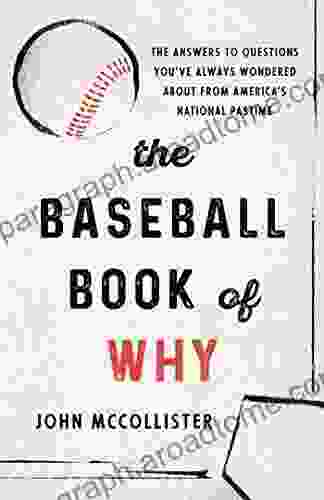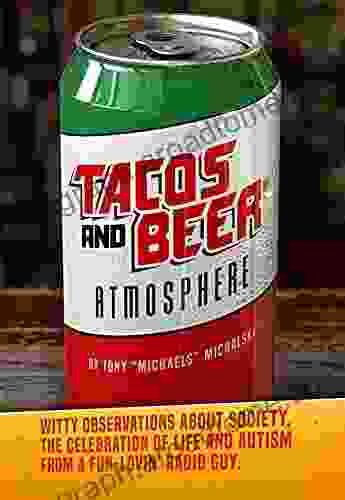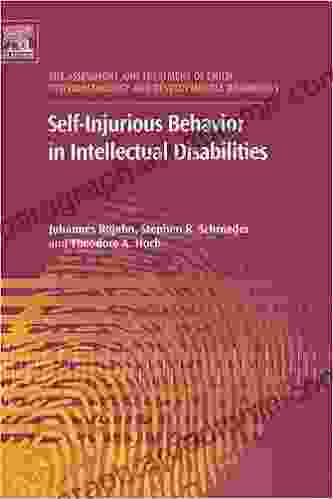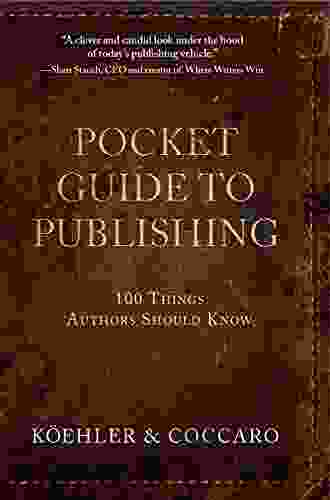Self-Injurious Behavior in Intellectual Disabilities: A Comprehensive Guide to Understanding and Support

Self-injurious behavior (SIB) is a complex and challenging issue affecting individuals with intellectual disabilities, causing significant distress and impairing their quality of life. This comprehensive guide aims to provide a thorough understanding of SIB, exploring its causes, consequences, and evidence-based strategies for prevention and management. 5 out of 5 Understanding the causes of SIB is crucial for developing effective interventions. SIB may stem from various factors, including: SIB can have severe consequences for individuals with intellectual disabilities, including: Prevention is crucial in reducing the occurrence of SIB. Effective prevention strategies include: When prevention strategies alone are insufficient, management strategies are essential for reducing and mitigating SIB. Behavioural interventions are commonly used, including: Other management strategies include: Supporting caregivers of individuals with SIB is crucial. Caregivers often face significant emotional and practical challenges. Support systems and resources can alleviate stress and promote well-being, including: Self-injurious behavior in intellectual disabilities is a complex and multifaceted issue. By understanding its causes and consequences, implementing evidence-based prevention and management strategies, and providing support for caregivers, we can empower individuals with intellectual disabilities and their loved ones to live healthier, more fulfilling lives. This comprehensive guide serves as an invaluable resource for professionals, caregivers, and anyone seeking knowledge and support on this critical topic. This guide is written by a team of experts in the field of intellectual disabilities and self-injurious behavior, including researchers, clinicians, and advocates. Our mission is to provide evidence-based information and support to individuals, families, and professionals affected by SIB. To Free Download your copy of the comprehensive guide, "Self-Injurious Behavior in Intellectual Disabilities," please visit our website or contact us directly. This essential resource will provide you with the knowledge and tools to support individuals with SIB and empower them to live full and meaningful lives.Language : English File size : 3681 KB Text-to-Speech : Enabled Screen Reader : Supported Print length : 312 pages Causes of SIB
Consequences of SIB
Prevention Strategies
Management Strategies
Support for Caregivers
About the Authors
Free Download Your Copy Today
5 out of 5
| Language | : | English |
| File size | : | 3681 KB |
| Text-to-Speech | : | Enabled |
| Screen Reader | : | Supported |
| Print length | : | 312 pages |
Do you want to contribute by writing guest posts on this blog?
Please contact us and send us a resume of previous articles that you have written.
 Book
Book Novel
Novel Page
Page Chapter
Chapter Text
Text Story
Story Genre
Genre Reader
Reader Library
Library Paperback
Paperback E-book
E-book Magazine
Magazine Newspaper
Newspaper Paragraph
Paragraph Sentence
Sentence Bookmark
Bookmark Shelf
Shelf Glossary
Glossary Bibliography
Bibliography Foreword
Foreword Preface
Preface Synopsis
Synopsis Annotation
Annotation Footnote
Footnote Manuscript
Manuscript Scroll
Scroll Codex
Codex Tome
Tome Bestseller
Bestseller Classics
Classics Library card
Library card Narrative
Narrative Biography
Biography Autobiography
Autobiography Memoir
Memoir Reference
Reference Encyclopedia
Encyclopedia John Kleinig
John Kleinig Jocelyn Bell Burnell
Jocelyn Bell Burnell Jennifer Longmore
Jennifer Longmore Joan Chittister
Joan Chittister John Mccaslin
John Mccaslin Joe Campeau
Joe Campeau John Lord
John Lord Johannes Ring
Johannes Ring Wenzhong Shi
Wenzhong Shi John Gunnell
John Gunnell John Halstead
John Halstead Spencer Wells
Spencer Wells Jess Oppenheimer
Jess Oppenheimer John Franklin
John Franklin Mark Parsons
Mark Parsons John Man
John Man Joe Bastardi
Joe Bastardi Mark A Ocegueda
Mark A Ocegueda John Bateson
John Bateson Joel Karsten
Joel Karsten
Light bulbAdvertise smarter! Our strategic ad space ensures maximum exposure. Reserve your spot today!

 Alexander BlairUnlock the Timeless Truths: Explore the Holy Bible New American Standard...
Alexander BlairUnlock the Timeless Truths: Explore the Holy Bible New American Standard... Guy PowellFollow ·10.5k
Guy PowellFollow ·10.5k Boris PasternakFollow ·7.8k
Boris PasternakFollow ·7.8k Hugo CoxFollow ·4.8k
Hugo CoxFollow ·4.8k Quincy WardFollow ·15k
Quincy WardFollow ·15k Ruben CoxFollow ·18.1k
Ruben CoxFollow ·18.1k Darren NelsonFollow ·12.7k
Darren NelsonFollow ·12.7k Aldous HuxleyFollow ·9.8k
Aldous HuxleyFollow ·9.8k Carter HayesFollow ·17.7k
Carter HayesFollow ·17.7k

 Julio Cortázar
Julio CortázarAn Illustrated Encyclopedia Of Live Concerts And...
Immerse yourself in the...

 Edgar Cox
Edgar CoxNon Physically Assaultive Attachment Based Chronic Covert...
What is Covert...

 Robert Reed
Robert ReedThe Baseball of Why: Unraveling the Intricacies of...
Step up to the plate and...

 Aldous Huxley
Aldous HuxleyTacos and Beer: An Atmosphere of Flavorful Delights
In the realm of culinary adventures,...

 Stan Ward
Stan WardUnlock the Secrets of the Aramaic Jesus: Revelations of a...
Journey Back to the Roots of...

 Vincent Mitchell
Vincent MitchellMillionaire Success Strategies: Your Blueprint for...
Unlock the...
5 out of 5
| Language | : | English |
| File size | : | 3681 KB |
| Text-to-Speech | : | Enabled |
| Screen Reader | : | Supported |
| Print length | : | 312 pages |









